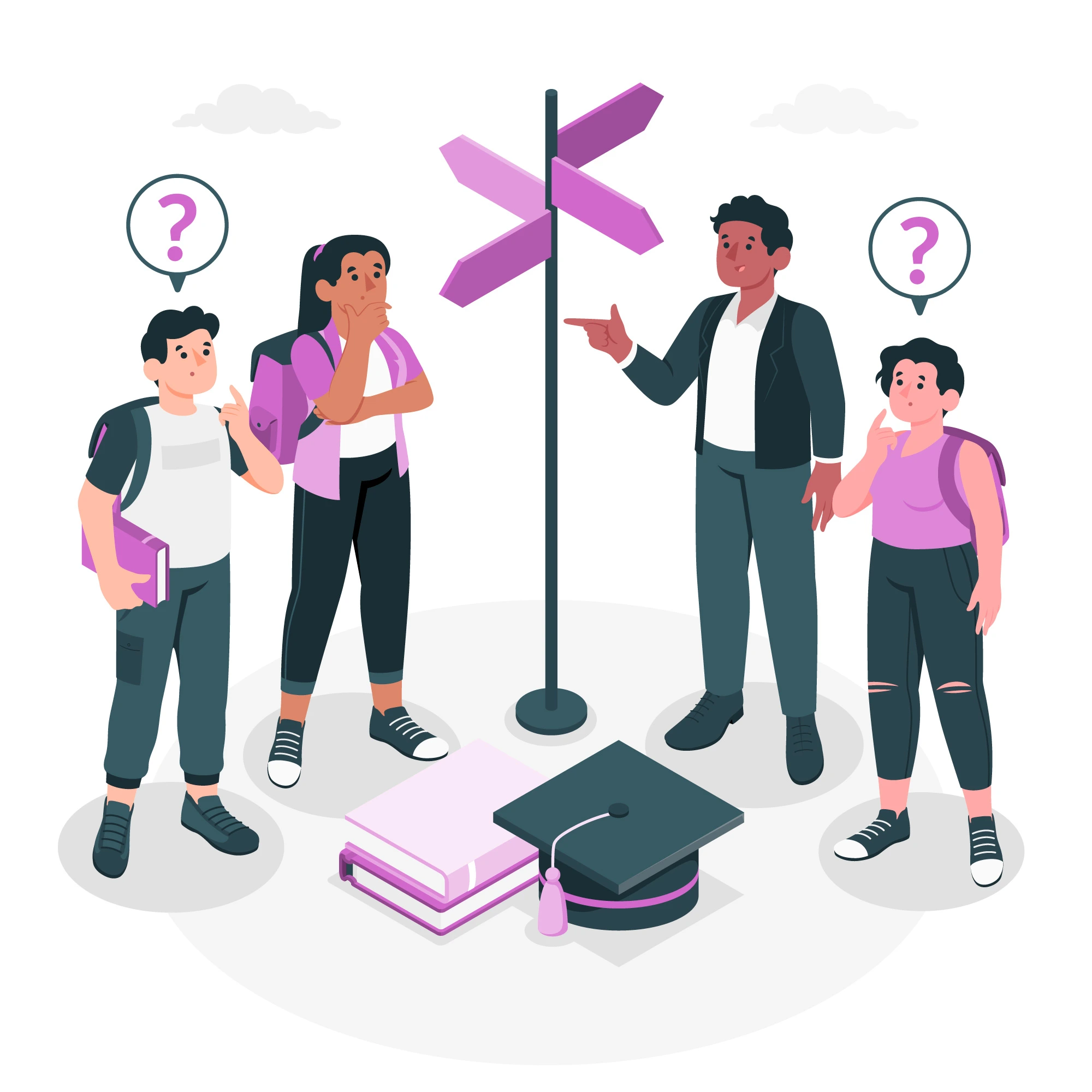Leadership Development Programs for High School StudentsFebruary 27, 2025

Introduction to Leadership Development Programs for High School Students
Leadership development programs for high school students are structured initiatives designed to cultivate leadership skills, enhance personal growth, and prepare students for future educational and career opportunities. These programs provide students with the tools, knowledge, and experiences needed to build confidence, improve communication, and develop problem-solving abilities. High school is a crucial time when students begin to define their interests, explore career paths, and shape their leadership potential. Leadership development programs help students become proactive, responsible, and innovative individuals who can lead in various spheres of life, from student government to community projects and even in their future workplaces.
Importance of Leadership Development Programs for High School Students
- Enhances self-confidence and decision-making skills.
- Develops teamwork and collaboration abilities.
- Improves problem-solving and critical thinking.
- Prepares students for college admissions and scholarship opportunities.
- Encourages social responsibility and active community participation.
Types of Leadership Development Programs for High School Students
Leadership development programs for high school students can take various forms, catering to different interests, learning styles, and availability. Understanding the types of programs available can help students and educators choose the most suitable option.
School-Based Leadership Development Programs
Many schools offer leadership development programs within their extracurricular activities. These programs help students develop leadership skills in a structured yet familiar environment.
- Student Government: Allows students to participate in decision-making processes, organize events, and represent their peers.
- Peer Mentoring Programs: Encourages older students to mentor younger peers, fostering leadership and responsibility.
- School Clubs and Organizations: Leadership roles in clubs such as debate, drama, and environmental groups help students refine communication and management skills.
Community-Based Leadership Development Programs
Community organizations often provide leadership programs for high school students that focus on civic engagement, volunteerism, and real-world problem-solving.
- Youth Councils: Local governments and organizations create youth councils to involve students in community decision-making.
- Nonprofit Volunteer Programs: Students gain hands-on experience in social initiatives, building leadership skills while making a positive impact.
- Workshops and Seminars: Short-term programs organized by community centers or libraries help students develop leadership competencies.
National and International Leadership Development Programs
Some programs operate on a larger scale, providing students with national or international exposure.
- National FFA Organization: Focuses on agricultural education and leadership.
- DECA: Prepares students for careers in marketing, finance, hospitality, and management.
- Global Leadership Summits: International programs where students collaborate with peers from different cultures to solve global issues.
Key Components of Effective Leadership Development Programs for High School Students
An effective leadership development program should include specific elements that ensure students gain meaningful experiences and skills.
Skill Assessment and Personalization
- Evaluates student strengths, weaknesses, and leadership potential.
- Tailors activities to suit individual learning styles and needs.
Mentorship and Coaching
- Provides guidance from experienced mentors and coaches.
- Encourages one-on-one interactions to enhance personal growth.
Experiential Learning Opportunities
- Includes hands-on projects, simulations, and role-playing activities.
- Offers students opportunities to organize and lead events.
Feedback and Continuous Improvement
- Uses constructive feedback mechanisms to track progress.
- Encourages students to self-reflect and refine their leadership skills.
Benefits of Implementing Leadership Development Programs for High School Students
Enhances Academic Performance
Studies show that leadership training can improve problem-solving and analytical skills, positively impacting academic achievement.
Improves Social Skills and Confidence
Leadership programs encourage students to step out of their comfort zones, improving communication, public speaking, and networking abilities
Prepares Students for College and Career Success
Many college admission officers and employers value leadership experience. Leadership programs provide students with valuable skills that can be highlighted in college applications and resumes.
Fosters Community Engagement and Responsibility
Students involved in leadership development programs often take on initiatives to improve their schools and communities, promoting civic responsibility.
Challenges in Leadership Development Programs for High School Students
Accessibility and Inclusivity
Not all students have equal access to leadership programs. Some may be limited due to financial constraints, location, or awareness.
Resource Allocation
Schools and communities need sufficient funding, mentors, and resources to implement successful programs.
Measuring Program Effectiveness
Assessing the impact of leadership programs can be difficult without proper metrics and evaluation methods.
Student Engagement
Encouraging consistent participation and commitment from students can be a challenge, especially with competing academic and extracurricular commitments.
Steps to Create a Successful Leadership Development Program for High School Students
- Conduct a Needs AssessmentIdentify the leadership skills that students need based on school and community goals.
- Design the Program StructureDefine objectives, curriculum, and activities that align with student interests.
- Select ParticipantsEnsure inclusivity and diversity in the selection process.
- Implement the ProgramUse interactive and hands-on learning methods to keep students engaged.
- Evaluate and Refine the ProgramGather feedback from students and mentors to improve future iterations.
Case Studies of Notable Leadership Development Programs for High School Students
Midland County Youth Leadership Program
A community-based program that helps students develop leadership skills through mentorship, community service, and project management.
Cass County CEO Program
Provides students with entrepreneurial leadership training, connecting them with local businesses and mentors.
Stax Music Academy Leadership Program
Encourages students to develop leadership skills through music education and performance.
Frequently Asked Questions (FAQs) about Leadership Development Programs for High School Students
What are the different types of leadership programs available for high school students?
Leadership programs range from school-based initiatives to community, national, and international programs.
How can high school students benefit from participating in leadership development programs?
They gain confidence, communication skills, teamwork experience, and college application advantages.
What are some recommended leadership programs for high school students?
Programs like DECA, National FFA Organization, and Global Leadership Summits are excellent choices.
How can schools and communities support leadership development in high school students?
Schools can incorporate leadership training into curricula, and communities can offer mentorship and experiential learning opportunities.
Conclusion
Leadership development programs for high school students play a vital role in shaping future leaders. These programs help students develop essential skills that benefit them academically, professionally, and personally. Whether through school-based initiatives, community involvement, or national programs, leadership training prepares students for the challenges and opportunities ahead. By investing in youth leadership, we empower the next generation to lead with confidence, integrity, and vision.




